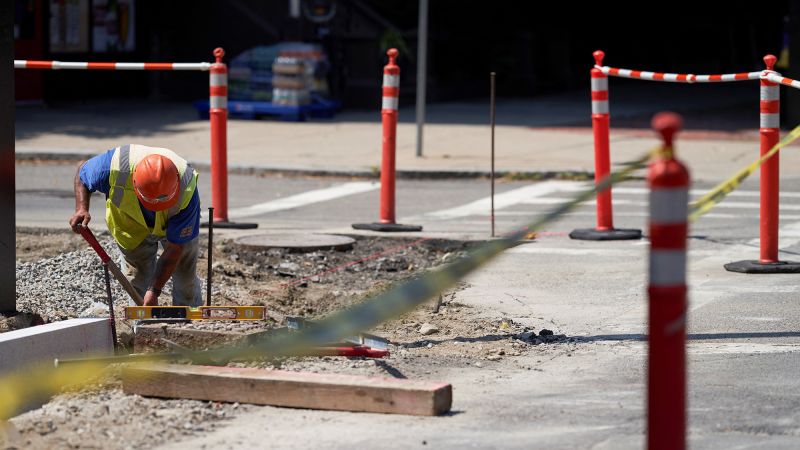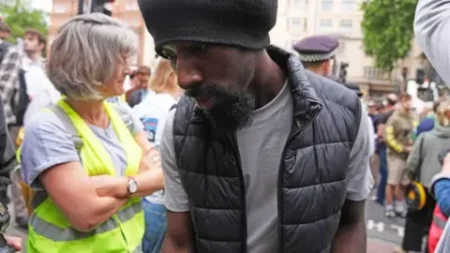Construction Worker Suffers from Severe Heat Injuries
In Austin, Texas, construction worker Eva Marroquin is facing a serious threat to her health due to the sweltering temperatures. After working in the industry for 17 years, Marroquin has suffered two heat attacks and even lost colleagues to heat-related injuries.
Marroquin, who cleans work sites in Austin, spoke with CNN about the dangers she faces on a daily basis. “It damages our body when we work in construction; for example, I have suffered two heat attacks, one lately that made me very sick,” Marroquin, 50, told CNN via an interpreter in a video interview.
She has been working closely with the Workers Defense Project since 2010, advocating for protections for low-wage, immigrant workers in the Texas construction industry. Marroquin emphasized the urgent need for better protections for workers like herself who are exposed to extreme heat conditions.
The recent wave of intense heat across the US has not only put workers at risk but has also had a significant impact on businesses and economic activity. Chris Lafakis, director at Moody’s Analytics, warns that heatwaves can result in a 1% loss of global economic activity, with that number expected to grow to 3.2% by 2050.
Researchers at the Federal Reserve Bank of San Francisco and Williams College in Massachusetts have predicted that extreme heat could have long-lasting economic consequences, with labor productivity losses in construction leading to a reduction in the US capital stock and annual consumption by 2200.
As temperatures continue to rise, heatwaves are becoming longer and more frequent. The Environmental Protection Agency reports that heatwave season has steadily grown over the years, with the 2020s averaging 72.7 days of intense heat.
Vulnerable populations, especially low-income workers, are disproportionately affected by extreme heat. Researchers have found that low-income workers experience five times as many heat-related injuries than those who are the highest earners. Lack of access to air conditioning in workplaces and homes exacerbates the risks faced by these workers.
Small businesses are also feeling the impact of the extreme heat, with decreased hiring, employee hours, and revenue reported in regions experiencing high temperatures. Homebase data shows that businesses in the Southeast saw a 1.4% decline in the number of businesses open in May compared to April.
As the heat continues to pose risks to both workers and businesses, it is crucial for policymakers and employers to take action to protect vulnerable populations and ensure the health and safety of all workers facing extreme heat conditions.












